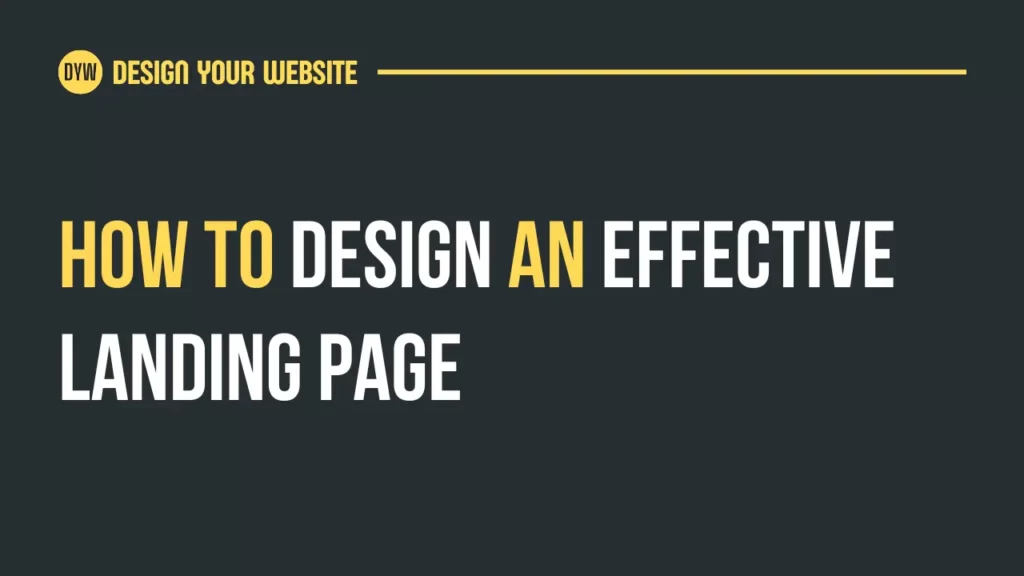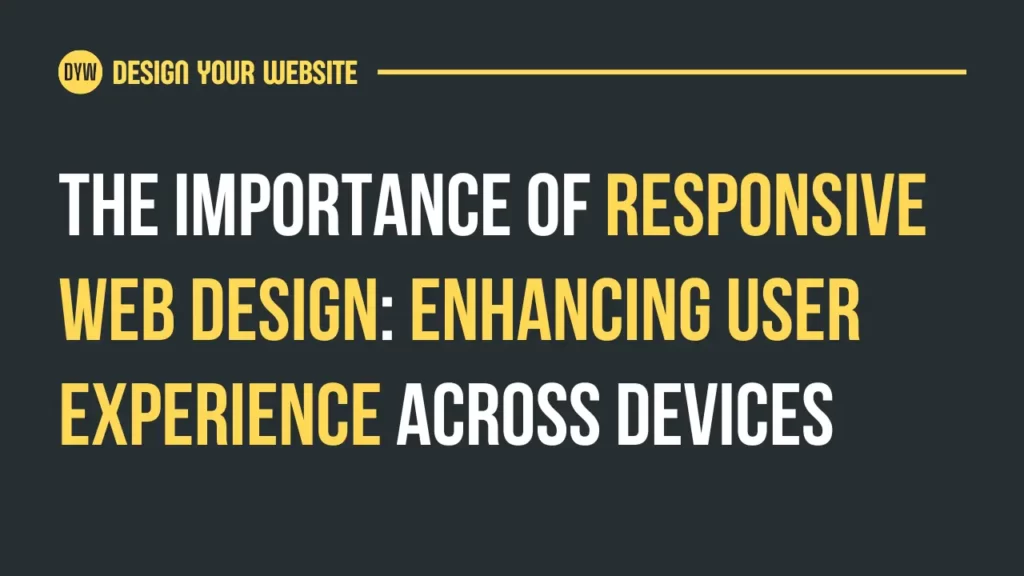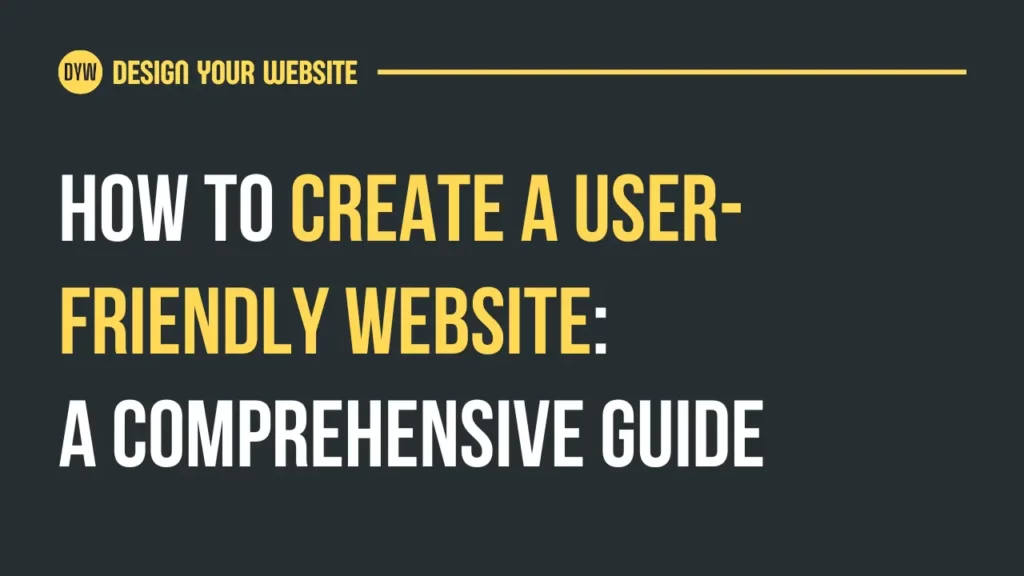Welcome to our blog on designing an effective landing page! In today’s digital age, a well-designed landing page can significantly impact your marketing efforts and lead to increased conversions. In this blog, we will explore the key best practices for creating a compelling and conversion-oriented landing page. Let’s dive in!
Introduction – Design an Effective Landing Page
A landing page serves as a critical tool in your marketing arsenal. It is a standalone webpage designed to convert visitors into leads or customers. A well-designed landing page can make all the difference in driving conversions and achieving your marketing goals. In this blog, we will discuss the following best practices to design an effective landing page:
Landing Page Design Best Practices
To create a successful landing page, it is essential to follow these best practices:
- Simplicity: Keep the design clean and uncluttered, focusing on the core message and call to action.
- Clear Messaging: Ensure that the headline and subheadings clearly convey the value proposition and offer.
- Strong Calls to Action: Place persuasive and visually appealing calls to action that guide visitors towards conversion.
I. Visual Simplicity
Visual simplicity plays a crucial role in capturing the attention of visitors and guiding them towards conversion. Consider the following tips:
- Use clean and uncluttered layouts with ample white space.
- Optimize the use of images, videos, and other visual elements to support your message.
- Emphasize the key elements and minimize distractions to maintain focus on your primary goal.
II. A Great Landing Page Starts with Great Media
High-quality media can significantly impact the effectiveness of your landing page. Consider the following recommendations:
- Select engaging and relevant images or videos that resonate with your target audience.
- Optimize media files to ensure fast page loading times without compromising quality.
- Use media strategically to showcase product features, demonstrate benefits, or introduce your team.
III. The Importance of Color
Color psychology plays a crucial role in influencing user behavior and emotions. Here’s how you can leverage color effectively:
- Understand the emotions associated with different colors and their cultural connotations.
- Use contrasting colors to create visual interest and guide attention towards key elements.
- Align color choices with your brand identity and consider the impact on readability and accessibility.
IV. Landing Page Responsive Design
With the increasing use of mobile devices, responsive design is vital for an effective landing page. Consider these tips:
- Ensure your landing page displays correctly across various devices and screen sizes.
- Optimize the layout, typography, and media for mobile devices to provide a seamless user experience.
- Test your landing page on multiple devices to ensure consistency and usability.
Content – The Foundation of a Great Landing Page
Compelling content is the foundation of an effective landing page. Focus on the following aspects:
- Craft attention-grabbing headlines that clearly communicate your value proposition.
- Write persuasive and concise copy that highlights the benefits and addresses visitor pain points.
- Incorporate impactful visuals, such as infographics or icons, to enhance the visual appeal and convey information quickly.
I. Eye-catching and Concise Headlines
Headlines play a crucial role in capturing visitors’ attention and enticing them to explore further. Consider these guidelines:
- Craft concise, clear, and benefit-driven headlines that align with your value proposition.
- Use action-oriented language to create a sense of urgency or invoke curiosity.
- Test different variations of headlines to identify the most effective one.
II. Strong Calls to Action
A strong call to action (CTA) is essential for converting visitors into leads or customers. Here’s how to create compelling CTAs:
- Use action verbs that clearly communicate the desired action and invoke a sense of urgency.
- Make CTAs visually prominent using contrasting colors and appropriate sizing.
- Place CTAs strategically throughout the landing page, ensuring they are visible without being intrusive.
III. Psychological Aspects
Understanding psychological factors can help influence visitors’ decisions and boost conversions. Consider these techniques:
- Leverage social proof, such as testimonials or reviews, to build trust and credibility.
- Create a sense of urgency through limited-time offers or limited availability of products/services.
- Use persuasive techniques like storytelling or emotional appeal to connect with your audience on a deeper level.
IV. Use of People on Landing Pages
Including images or videos of people can enhance the relatability and credibility of your landing page. Follow these tips:
- Use authentic and relevant visuals that align with your target audience.
- Incorporate images or videos of people using or benefiting from your product/service, showcasing their emotions or satisfaction.
- Ensure the visuals reflect diversity and are inclusive to resonate with a broader audience.
V. Common Mistakes in Landing Page Design
Avoiding common landing page design mistakes is crucial to maintain effectiveness. Keep an eye out for these pitfalls:
- Using low-quality or irrelevant graphics that reduces the visual appeal and trustworthiness.
- Overloading the landing page with excessive content, leading to information overload.
- Neglecting scannability by presenting large blocks of text without proper formatting or hierarchy.
- Failing to provide clear and obvious calls to action that can confuse or frustrate visitors.
Conclusion
Designing an effective landing page requires attention to detail and a focus on best practices. By following the principles discussed in this blog, you can create landing pages that engage visitors and drive conversions. Remember, we are here to assist you in creating a captivating and high-converting landing page. Get started today and watch your marketing goals become a reality!
Frequently asked questions about designing an effective landing page
Q: What makes a landing page effective?
A: An effective landing page has a clear and compelling value proposition, strong calls to action, concise and persuasive content, visually appealing design, and mobile responsiveness. Adhering to these best practices increases the chances of achieving your conversion goals.
Q: How can I make my landing page visually appealing?
A: Use visually pleasing elements such as high-quality images, videos, and graphics. Incorporate a clean and uncluttered layout with ample white space. Follow best practices for color usage and maintain consistent branding throughout your landing page.
Q: Should I design separate landing pages for different devices, like mobile and desktop?
A: It’s recommended to create responsive landing pages that adapt to different devices and screen sizes. Providing a consistent user experience across devices helps improve engagement and conversions. Responsive design is also preferred by search engines, as it avoids duplicate content issues.
Q: How important is the headline on a landing page?
A: The headline is crucial in capturing visitors’ attention and encouraging them to explore further. Craft compelling headlines that clearly communicate your value proposition and align with the visitor’s intent. Keep them concise, relevant, and engaging.
Q: What role do calls to action (CTAs) play in a landing page?
A: CTAs guide visitors towards the desired action, such as making a purchase or submitting a form. Make your CTAs visually prominent, use persuasive language, and ensure they stand out from other page elements. Consider using structured data markup for rich results, enabling search engines to display actionable buttons in organic search snippets.
Q: Can psychological factors influence landing page conversions?
A: Absolutely! Leverage psychological techniques like social proof, scarcity, or urgency to influence user behavior. Incorporate testimonials, reviews, or limited-time offers to build trust, create a fear of missing out (FOMO), and encourage conversions.
Q: Are there any guidelines for incorporating images of people on landing pages?
A: When using images of people, ensure they are authentic, relevant, and inclusive. Incorporate diverse visuals that resonate with your target audience. Abide by guidelines that promote inclusivity and avoid portraying individuals in a misleading or untruthful manner.
Q: What are some common mistakes to avoid in landing page design?
A: Some common mistakes include using low-quality or irrelevant graphics, overwhelming visitors with excessive content, presenting unscannable copy, and failing to provide clear CTAs. Following best practices and design guidelines helps steer clear of these errors.
Q: How can I optimize my landing page for search engine visibility?
A: Optimize your landing page by conducting keyword research and incorporating relevant keywords into your content, meta tags, and headlines. Ensure your page loads quickly, is mobile-friendly, and has a clear site structure. Follow structured data guidelines to enhance the visibility and appearance of your landing page in search results.
Q: Can I track the performance of my landing page?
A: Absolutely! Utilize analytics tools like Google Analytics to track key metrics such as conversions, bounce rate, time on page, and user behavior. Set up goal tracking to measure the success of your landing page and make data-driven improvements.




